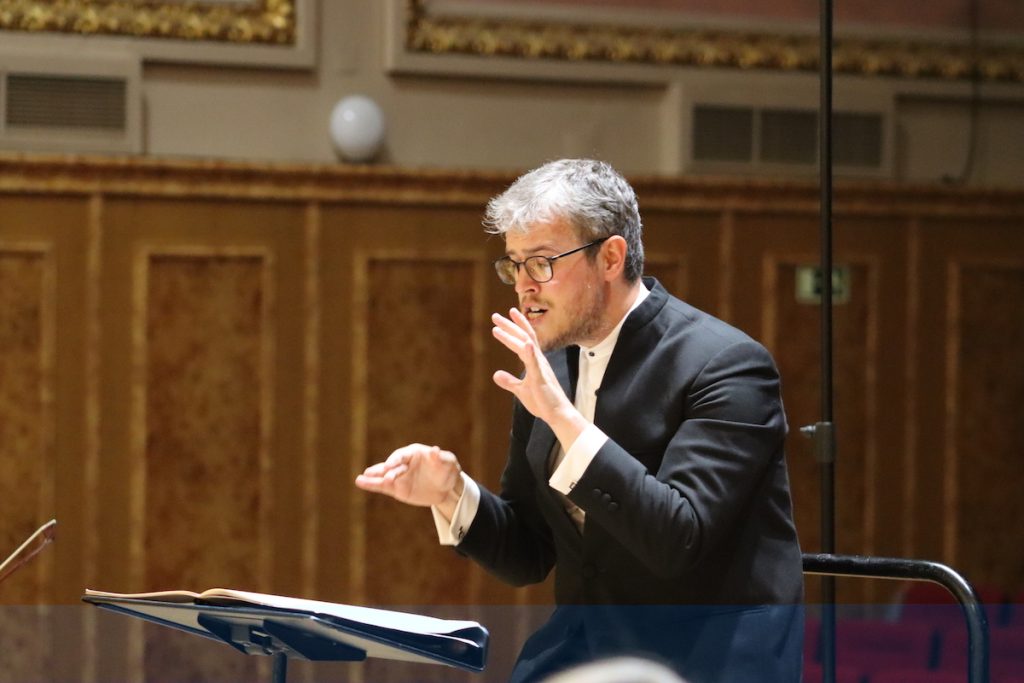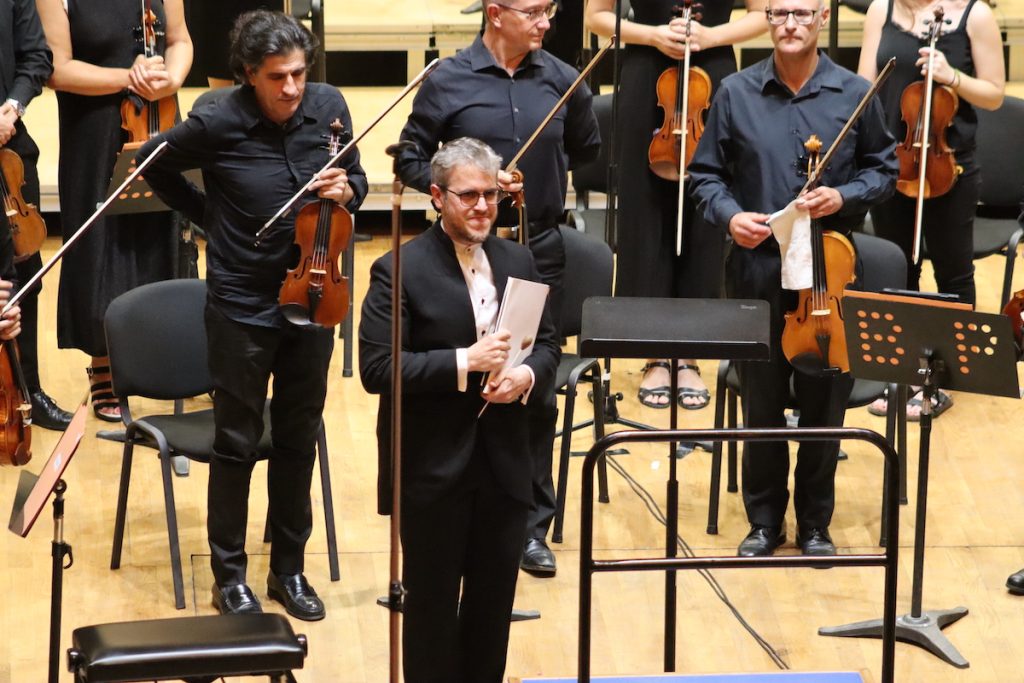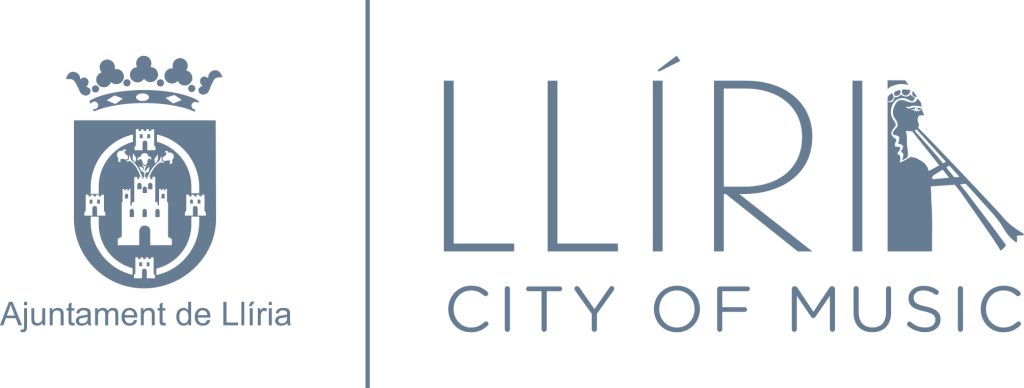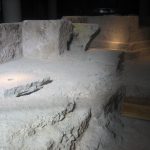Daniel Ros already submitted to the first edition of the International Conducting Competition “Llíria City of Music”. He remained in the second round, although he was awarded the Special Award AESDO. Two years later, he decided to come back to the competition, and not only has he managed to become a finalist, but also he has been on the brink of victory, having won Second Prize in the competition.
“I am very pleased to have gone through the experience once again,” he mentions. “It has been a surprise to reach the final and to have the luck to conduct such a wonderful orchestra as this one.”

During these past two years, he has been working as an Assistant Conductor with ADDA Simfònica, the Orquesta Joven de Córdoba and Symphony Orchestra of the Region of Murcia. Currently, he resides in Rotterdam where he is pursuing his master’s studies in orchestral conducting under the guidance of Hans Leenders and Sander Teepen.
The jury and the musicians highlighted his musicality and expressivity, especially in the most delicate passages of the grand finale. “He has a special sensitivity when he conducts,” one of the members of the jury pointed out during the final.
In the last few years, he has conducted, among others, orchestras such as the OSRM, ADDA·Simfònica, Het Nederlands Studenten Kamerorkest, Sinfonia Rotterdam, Berlin Symphoniker, Berlin Sinfonietta, Malta Philharmonic Orchestra, Orquesta de Córdoba, Leiden Sinfonietta, Gran Canaria Philharmonic Orchestra or JONDE.









